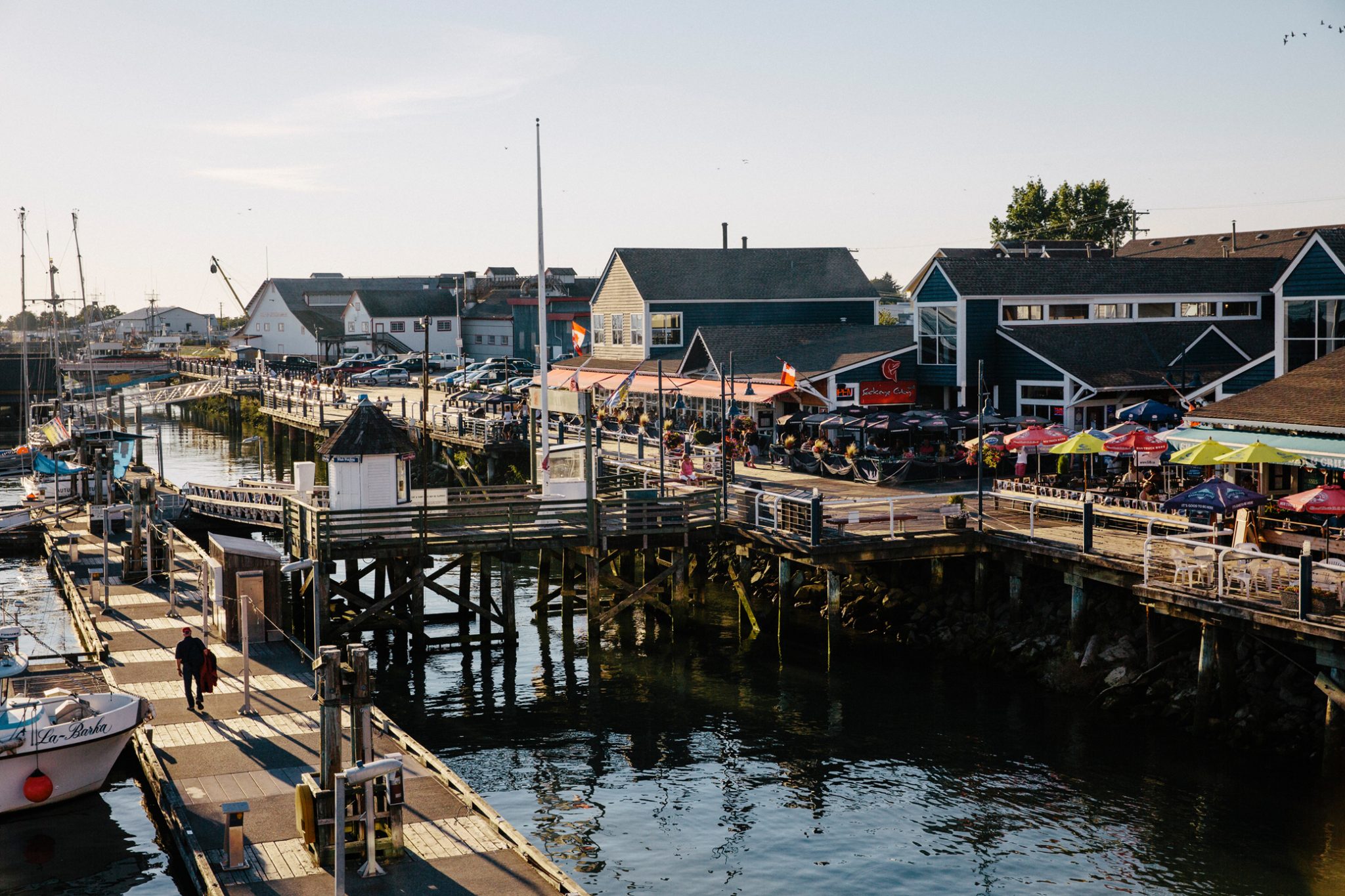There’s a quiet rhythm to mornings in Steveston. Boats hum softly at the docks, gulls call out over weathered wharves, and the smell of brine mixes with the sweetness of cinnamon buns from a nearby café. Here at the edge of Richmond, the Pacific feels close, just past rows of heritage buildings and boardwalks that remember more than they reveal.
This was once the largest fishing port in British Columbia. At its peak, the waterfront bustled with canneries, net lofts, and the stories of those who worked them. Many were Japanese Canadians, families who built lives here before they were torn apart by forced internment during the Second World War. Today, the historic Gulf of Georgia Cannery stands not just as a museum, but as a civic memory. It holds photographs, tools, and the weight of absence.
But Steveston is not frozen in time. On weekends, locals gather for farmers’ markets by the water, where handmade ceramics sit beside bundles of kale. There’s a small public square where kids chase pigeons, and just beyond it, footpaths lead to Garry Point Park. It is windswept, wild, and ideal for kite-flying or sea-gazing.
The pace here is unhurried. Cyclists cruise the dikes. Neighbours stop for long chats outside the bakery. Restaurants serve catch-of-the-day without fanfare, and even the souvenir shops feel oddly grounded.
It’s easy to linger. To sit on a bench and watch a heron land, or trace the painted signage of a preserved net shed. In Steveston, history is layered gently into the everyday. It’s a village that remembers, not with spectacle, but with presence.
Learn more about Steveston Village
How Steveston’s Japanese Canadian History Shaped the Waterfront
